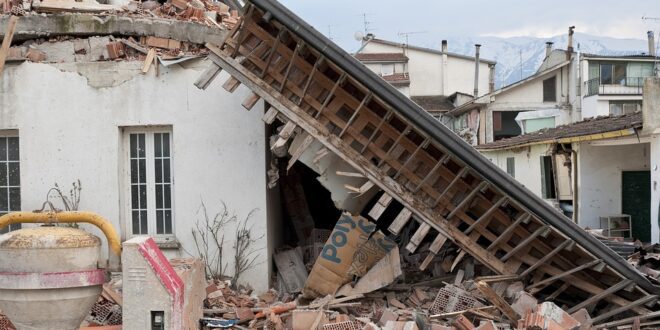Breaking Down Earthquake Magnitudes: Why Size Matters
Understanding the Richter Scale
Earthquakes are natural phenomena that have captured the imagination of humans for centuries. The powerful tremors can bring destruction and chaos, reminding us of the force within our planet. But what is it that makes one earthquake stronger than another? How do scientists measure the magnitude of these earth-shaking events?
The Science Behind Magnitude
Enter the Richter Scale. Developed in the 1930s by seismologist Charles F. Richter, this scale quantifies the magnitude of an earthquake based on the amplitude of its seismic waves. In simple terms, it measures how much the ground shakes during an earthquake, which directly correlates with its size.
Numbers Don’t Lie
The Richter Scale is logarithmic, meaning that each whole number increase represents a tenfold increase in amplitude. For example, an earthquake measuring magnitude 5 is ten times more intense than one measuring magnitude 4. This logarithmic nature of the scale allows for a broad range of earthquake magnitudes to be accurately documented.
Impact on Earth and Society
The magnitude of an earthquake serves as a critical indicator of its potential impact on the environment and communities. Larger magnitude earthquakes often result in more significant and widespread damage than smaller ones. By determining the size of an earthquake, scientists and officials can better prepare for potential consequences and mobilize resources accordingly.
The Great Shake-up
Major earthquakes with magnitudes of 8 or higher are rare but pose a substantial threat. These colossal events can lead to the collapse of buildings, extensive landslides, and even tsunamis. As seen throughout history, such as the devastating 9.0 magnitude earthquake in Japan in 2011, large-scale quakes can have long-lasting economic, social, and environmental impacts.
Shaking Up Safety Measures
The data provided by earthquake magnitudes fuels improvements in engineering, construction designs, and emergency response procedures. It allows scientists and engineers to develop structures better able to withstand future earthquakes and ensure the safety of communities at risk. By investing in earthquake preparedness, we can help mitigate the potential damage and save countless lives.
Appreciating the Earth’s Power
While the devastating consequences may understandably evoke fear, it’s important to recognize the sheer power and beauty displayed by these mighty vibrations. Earthquakes give us a glimpse into the incredible forces surging beneath our feet. By embracing education, preparedness, and advanced monitoring technologies, we can navigate the extraordinary phenomenon of earthquakes with awe and respect for our planet.
In Unity with Nature
Understanding the magnitude of an earthquake reminds us of humanity’s unity with nature—a connection that should be cherished and nurtured. The size of an earthquake reminds us that size does matter when it comes to the impacts of these tectonic events on our lives and our world.
 Mind Uncharted Explore. Discover. Learn.
Mind Uncharted Explore. Discover. Learn.




